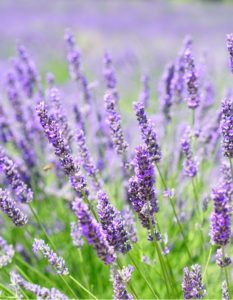
by JoniS | May 21, 2018 | Herbs
Blog 69: Lavender Is a Lovely Herb Lavender is a beautiful flower with a lovely scent. It has many uses as herbal medicine, in body care products, and around the home. Personal Story Lavender is one of my personal favorite herbs. I love the way it helps me relax after...
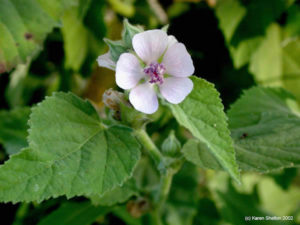
by JoniS | Apr 9, 2018 | Herbs
When I am describing the herbal remedy “marshmallow”, I’m not talking about the sugary marshmallows roasted for S’mores. According to history, marshmallow root was once used to make the sugary convection. Gelatin has now replaced the root in the modern version. If you...
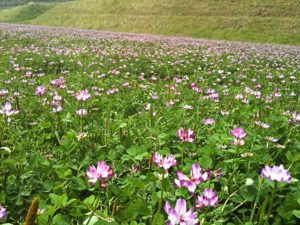
by JoniS | Feb 26, 2018 | Herbs
Astragalus is adaptogen and deep immune stimulation herb. An adaptogen is an “agent” (go-between) that increases the body’s ability to cope with non-specific stress and has a nourishing and tonic effect on the body. Traditionally, astragalus has been used to improve...
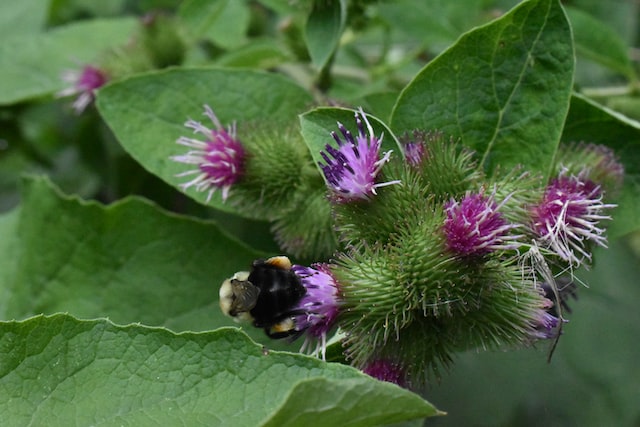
by JoniS | Jan 15, 2018 | Herbs
Burdock has the reputation for being a weed. Rumor has it that Velcro was created by a hunter who modeled it after the burrs that stuck to his pants after a hunting trip. The hunter might not have known, but burdock has medicinal qualities that help support the body....
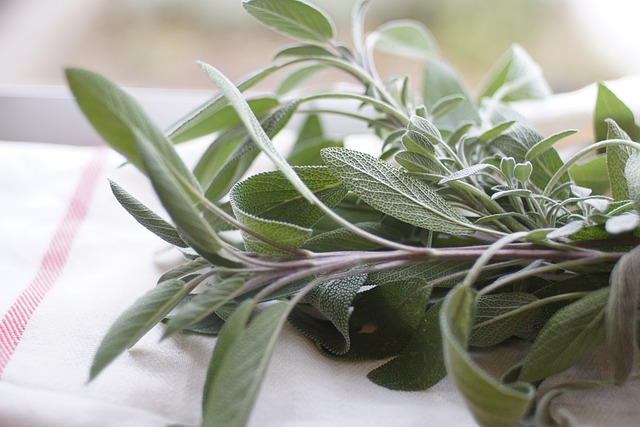
by JoniS | Dec 4, 2017 | Herbs
If you had turkey and stuffing on Thanksgiving, you probably ate sage. Sage was used in biblical times for food and medicine and was thought to improve brain function, fertility, heart blockages, and even longevity. Modern science is proving that sage is a useful...

by JoniS | Oct 23, 2017 | Herbs
Lemon balm, Melissa officinalis, is in the mint family. It has in it a volatile oil which, when bumped, gives off a lemony scent. It is a relaxing herb. There are many ways to use this plant. Its fresh or dried leaves benefit the human body, both through internal and...







